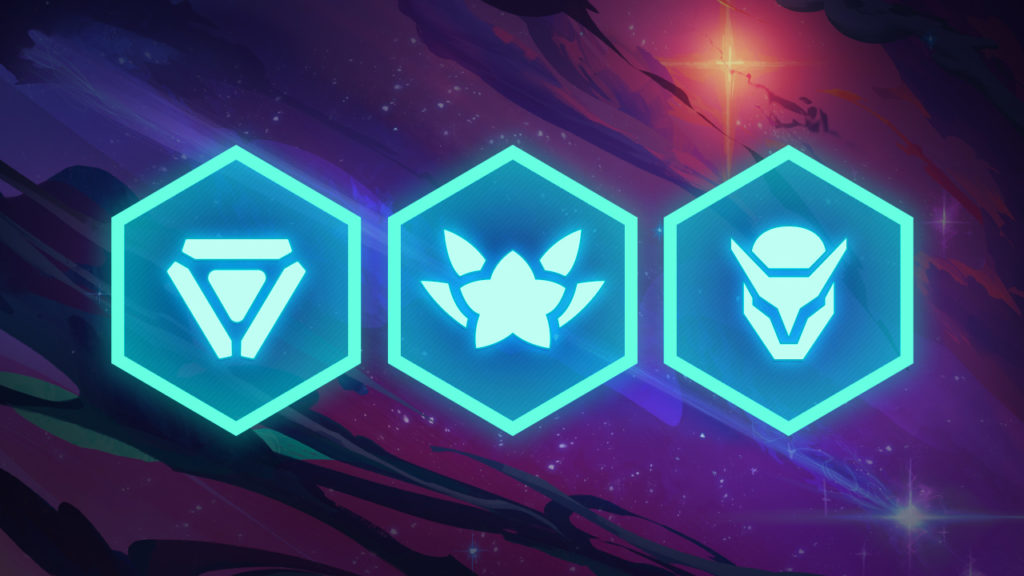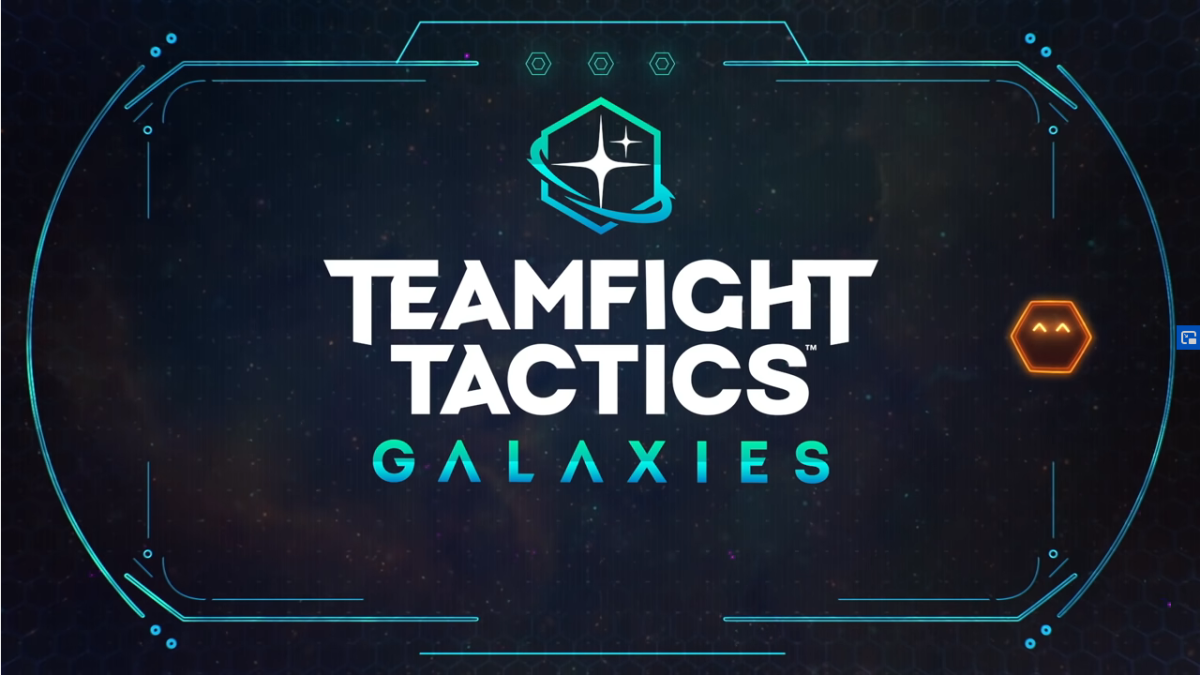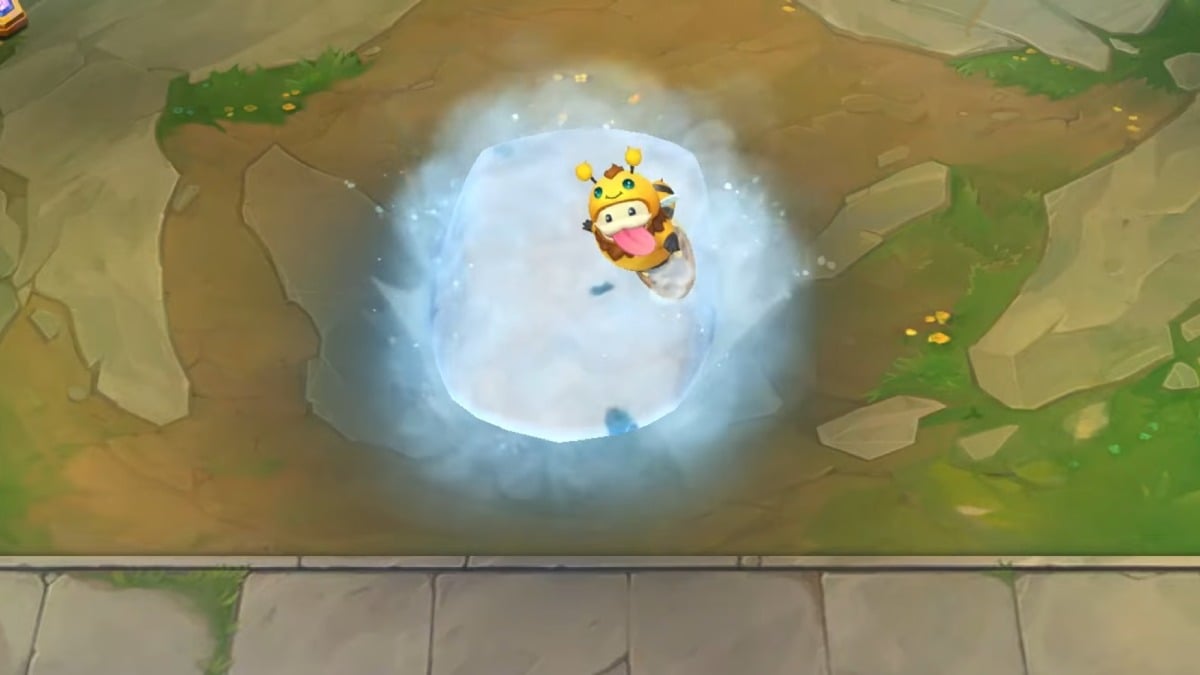March’s newest blockbuster involves space blasters, intergalactic warships, and rebels banding together to fight the forces of evil—and we’re not talking about Star Wars.
Teamfight Tactics Set Three: Galaxies hits all the right spots, delivering a nostalgic space war between good and evil that’s sure to please the biggest sci-fi geeks. The theme is vastly different from Set Two’s Rise of the Elements, which was plagued by a stale meta and busy visuals (cough, Summoners, cough).
But new exhilarating content and an “increased focus” on clarity, according to TFT design lead Matthew Wittrock, should be more than enough to revitalize the autobattler.
To create an entire set complete with a fresh roster, unique traits, and stunning visuals, TFT devs had to weigh three factors:
- Can the thematic support an entire set?
- Will players enjoy looking at it for months?
- What’s going on in the rest of League of Legends?
Galaxies clearly checked all three boxes, providing ample League skin lines to work with (Star Guardian, Project, Space Odyssey, etc.) that can potentially draw players in for an extended amount of time.
Though choosing a set’s theme may be a bit more nuanced, deciding what doesn’t make the final roster appears to be clear-cut.
“Either they don’t fit the theme quite as well as they should or they don’t fill a specific strategic niche, or sometimes we need more time to get their abilities just right,” Wittrock told Dot Esports.

While creating a theme clearly has a huge aesthetic focus, developers are forced to consider the game’s meta with every decision that they make. Rise of the Elements was plagued with the overpowered “Blender” comp, which was nearly impossible to counter and frustrating to play against. Players would put a Blade of the Ruined King on Nocturne, turning him into a Blademaster Assassin that deals AoE damage with an on-hit effect that heals every third auto attack. The entire backline would be decimated before they knew what hit them and Nocturne would still be standing with full health by the end of the round.
So TFT devs are being extra cautious to ensure this won’t happen again.
“All of the Spatula traits are something we’ll be keeping a close eye on,” senior game designer Stephen “Mortdog” Mortimer told Dot Esports. “So far Protector and Demolitionist are the ones we’ve needed to keep the closest eye on, but something like Blademaster could also be a tricky one if people find the right champ to use it on.”
After the infamous Blender comp, it makes sense for the Blademaster trait to have left a bad taste in Riot’s mouth. And Spatula items give units a class or origin bonus that they don’t naturally have—a sometimes dangerous venture.
Demolitionists have the potential to make Galaxies not fun. The trait only needs two units to hit the bonus, allowing Ziggs, Rumble, and Gangplank’s spells to stun targets for 1.5 seconds. Turning a spam-heavy champion into a Demolitionist opens up the possibility of unhealthy crowd control.
Protectors can have a similar effect on the meta since they gain a four-second shield whenever they cast a spell. Again, one simple math equation can potentially fulfill its prophecy: spam-heavy champion plus Protector bonus equals no fun.

Even though Galaxies is home to a myriad of new and exciting features, TFT devs decided to bring some old traits back. The Blademaster, Mystic, Void, and Brawler bonuses all make a Set Three return because they give “players a more stable starting point for learning new sets,” according to Wittrock. But in terms of which traits are selected to return, Riot once again defaults to three considerations.
“Were they fun and interesting last time, do they fill a structural niche that still needs to be filled, and do the available champions, given the set’s theme, fit bringing back the trait,” Wittrock said.
But one thing TFT devs didn’t want to bring back to Set Three was the visual clutter that marred Rise of the Elements’ experience. Many players complained that it was hard to follow the action, especially with the astronomical amount of units on the board that weren’t actually champions.
Summoners like Zed, Yorick, and Zyra spawned anything from shadow clones and beefy ghouls to flame-spitting plants. So you could imagine how an entire team of Summoners can flood the Convergence board.
Popular streamer Disguised Toast famously summoned over 20 Zed clones while Set Two was testing on the PBE.
With Set Three promising flashy, space-themed visuals, Riot ran the risk of falling into the same trap. So it was important for the dev team to follow 2020’s company-wide focus—clarity.
While developers spent plenty of time “polishing the bright and colorful effects,” there were still other implementations needed to maintain a clear hex board. To lessen the clutter, Wittrock cites “less persistent effects,” managing how “visually overwhelming” low-cost champions are, and “fight pacing” to ensure that all champions aren’t using their spells at the same time.
TFT devs approached Set Three with a mix of excitement and caution. They definitely took risks after dissecting and digesting every Rise of the Elements shortcoming. With Galaxies offering stunning visuals, unique synergies, and thrilling champions, Set Three might be the sequel fans want and need.






Published: Mar 24, 2020 01:01 pm